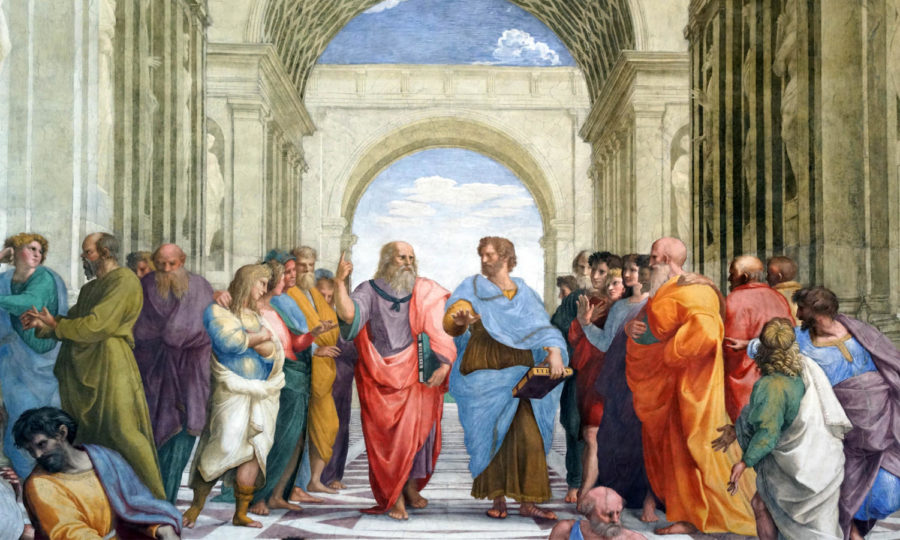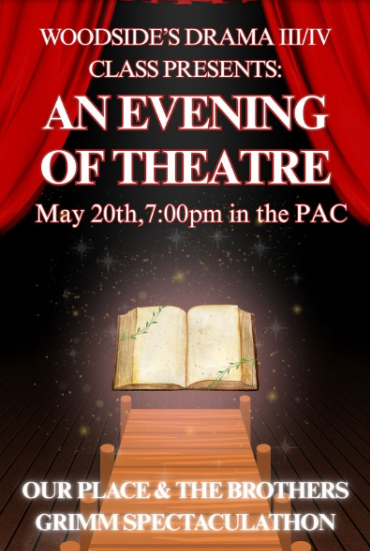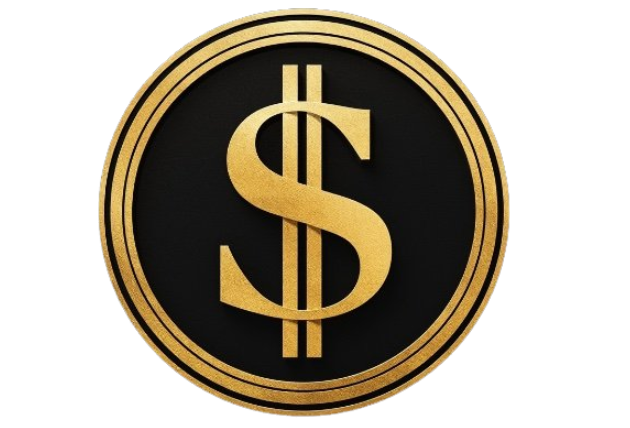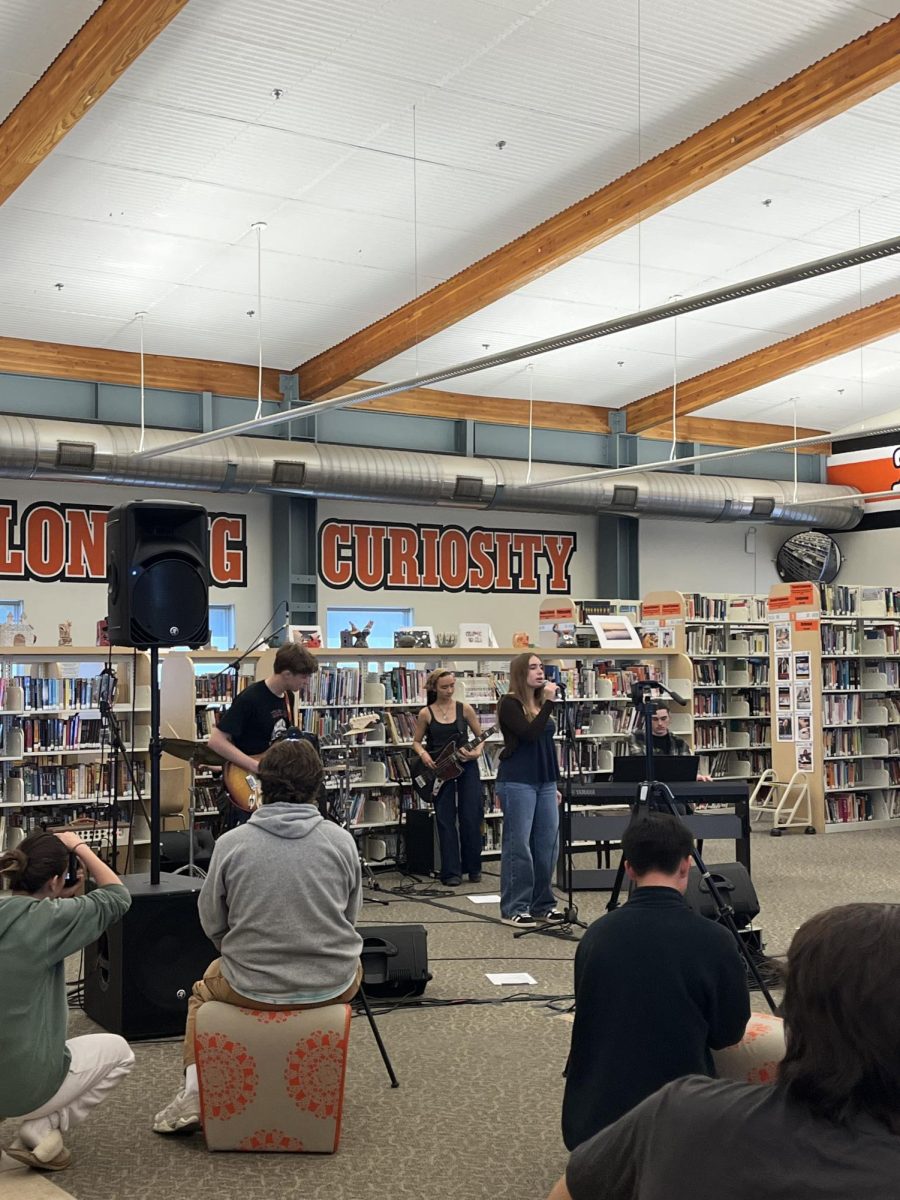In Barack Obama’s 2102 Inaugural Address, he spoke of “unalienable rights.” He spoke of the importance of fair and open elections. He spoke of “debates about the role of government.” And he spoke of “life and liberty and the pursuit of happiness for every real American.” These ideas of electoral democracy, of freedom, of natural rights, are often tossed around as if they are something distinctly American, as if America was the first country in history to include them in its political essence. But, as any historian knows, these ideas that seem so distinctly American didn’t originate in America at all. They originated, as most of America’s foundational cultural elements did, in Europe. However, this cultural and intellectual legacy would be apparent only to someone versed in European history.
The fact is that America is a Western country. American culture, American ideas about love, and faith, and beauty, American politics—these are all fundamentally Western. And, as with all Western culture and ideas, they originated in some form in Europe. The value of European History, in that light, is synonymous with the value of understanding the origins of American society.
Last year, Woodside replaced Modern European History (and the AP equivalent) with World History and AP World History. This was done for a few reasons. For one, California requires that all public high school students take a world history and geography course. While it is permissible for a school to replace world history with a suitable European history equivalent, the school elected to change from European to world history “in an effort to more closely align to the California standards, which I think for sophomores [is] a more global focus,” according to an interview history teacher Patrick McDevitt gave to the Paw Print earlier this school year. Another reason for the shift was a desire to present a less Eurocentric view of history, one that educates students about a broader and more representative sample of global cultures.
However, the downside of these changes is that students are being deprived of a vital element of education: knowledge of European history. The fact is that it is borderline impossible to understand at a deep level American history, art, politics, and general culture without understanding how those things originated in Europe.
For example, American politics is heavily influenced by European ideas. The idea of natural rights, an idea conceived by Enlightenment thinkers like Thomas Hobbes and John Locke, is formalized in American politics in the Declaration of Independence in the famous phrase: “We hold these truths to be self-evident, that all men are created equal, that they are endowed by their Creator with certain unalienable Rights, that among these are Life, Liberty and the pursuit of Happiness.” Also, the concept of separation of powers and checks and balances, one of the defining characteristics of American politics, was notably derived from the work of French Enlightenment philosopher Montesquieu.
But politics is not the only influence Europe has had on America. Not by a long shot. There are countless examples of European influence in American culture and society. Science, for instance, assumed its modern form during the Scientific Revolution of the 16th century. Before then, modern techniques such as the scientific method and empiricism (the idea that all that occurs in the natural world is scientifically observable) did not exist. But, the Scientific Revolution, a solely European occurrence, introduced those techniques and more and thus set the stage for almost every following scientific discovery. Another example of the influence of European history on America? Education. Civic education is a European invention. From Plato’s view that education was the key to a peaceful nation, to the cultural and intellectual humanism of the Renaissance, in which education played a crucial role in creating civic-minded virtuous citizens, the modern idea that education is a crucial vehicle for forming children into self-sufficient adults and responsible citizens isn’t so modern after all. It came, as many modern American practices do, from European history.
This article, however, is not intended to be a history lesson. The purpose of those examples is to reveal the futility of attempting to deeply understand the state of America today without knowledge of European intellectual and cultural tradition. European history is the bridge between the ancient and modern, the connection between the agrarian villages of the Middle Ages and the urbanity of the modern world. For those reasons, European history should be an essential part of any appropriately comprehensive high school history curriculum. While it is absolutely important to learn world history in order to gain cultural sensitivity and broaden your perspective, and while it is absolutely important to learn United States history in order to understand the history of the country in which we live, European history teaches us how we got here.
So how should European history be reimplemented at Woodside? First, it would be hard to replace World History with European History, both because World History has only existed for one year, and because it is true that World History better adheres to California state standards than European History did. In fact, it would not be advisable to replace any current class with European history. Freshman Ethnic Studies, junior United States History, and senior Government and Economics are all state-mandated course offerings, and each play an important educative role, and thus cannot not be replaced with European history. The best option would be to either offer European History as an elective or as an alternative to sophomore World History. Furthermore, providing the opportunity for students to take European history before they take US history would better prepare those students for US history, as much of US history was heavily influenced by corresponding events in Europe.
To address a possible counterargument: it could be argued that European history would be redundant, as many elements of European history are covered in world history. However, to go off the AP versions of those classes, world history covers more topics from a larger geographic area over a greater time period than European history, but at the same time. It just isn’t possible for a world history class to cover European history comprehensively if the class must also include Latin American, Asian, and African history. If European history is to be taught with the appropriate depth, it must be its own standalone class.
It could also be argued that European history would be redundant because it is taught in middle school. While it is true that the history of Europe is covered in some form in middle school, the European history mandated by the California middle school history content requirements spans from 500 A.D. to 1789, a timespan of over 1200 years. Not only is this far too long to have the requisite depth of a rigorous modern European history class, but this requirement stops near the end of the 18th century and thus doesn’t cover crucial parts of European history, such as the rise of 19th-century nationalism and the World Wars, to name a few important events.
Speaking from personal experience, AP European History, which I took last year, was one of the most impactful classes I have taken. No other class has expanded my worldview or my understanding of the modern world as AP Euro has. Because elementary and middle school history curriculums usually focus predominantly on US history, European history was completely new to me. As such, it was not only interesting but gave me new ways to analyze both the world currently as well as the history of the world. To reiterate: America is a Western country, and European history is the story of how Western culture was created and spread. It saddens me that Woodside students in the grades below me won’t learn where American traditions in politics and culture came from. It saddens me that they won’t be exposed to the weird wonders of the Renaissance, the ideas of the Enlightenment, and the grand political conflicts of 18th-century state formation. It saddens me that they won’t have the opportunity to learn European history.












